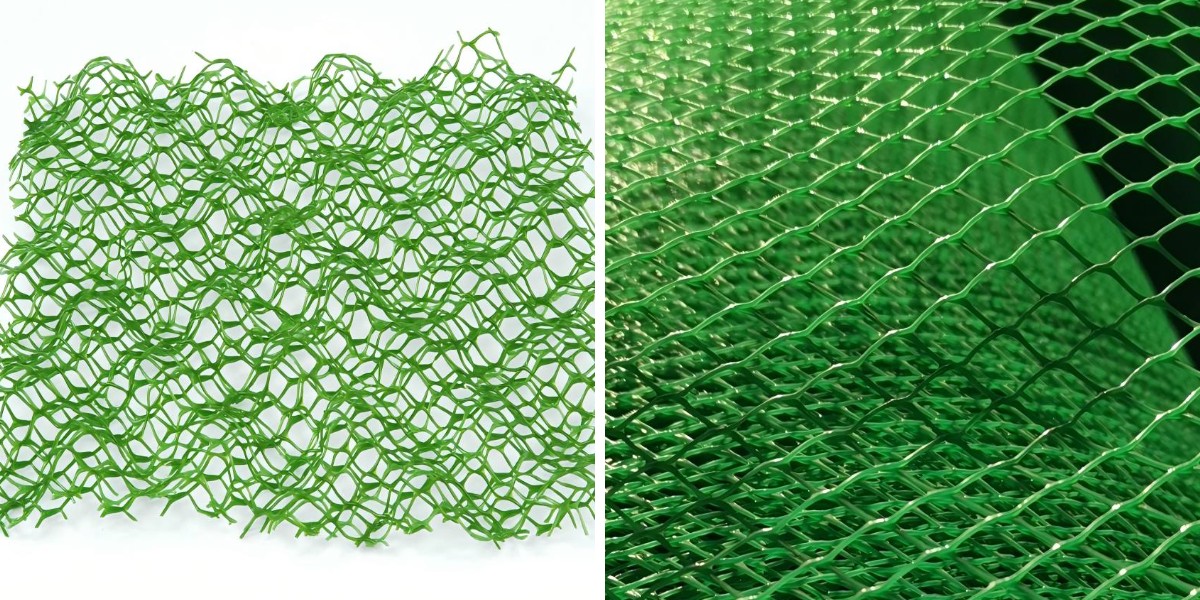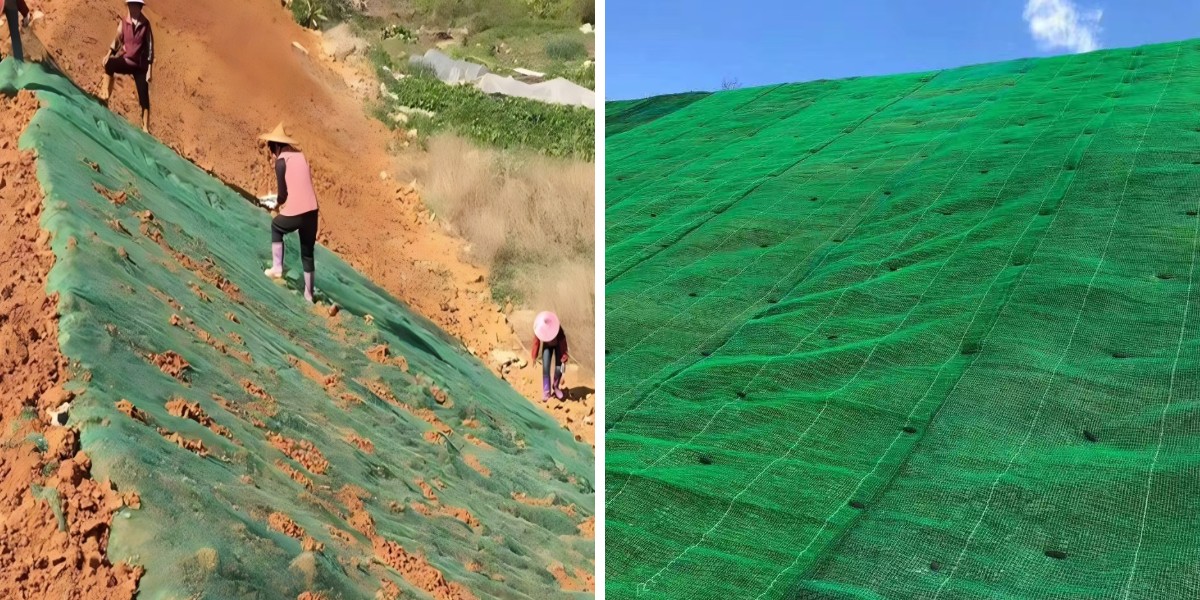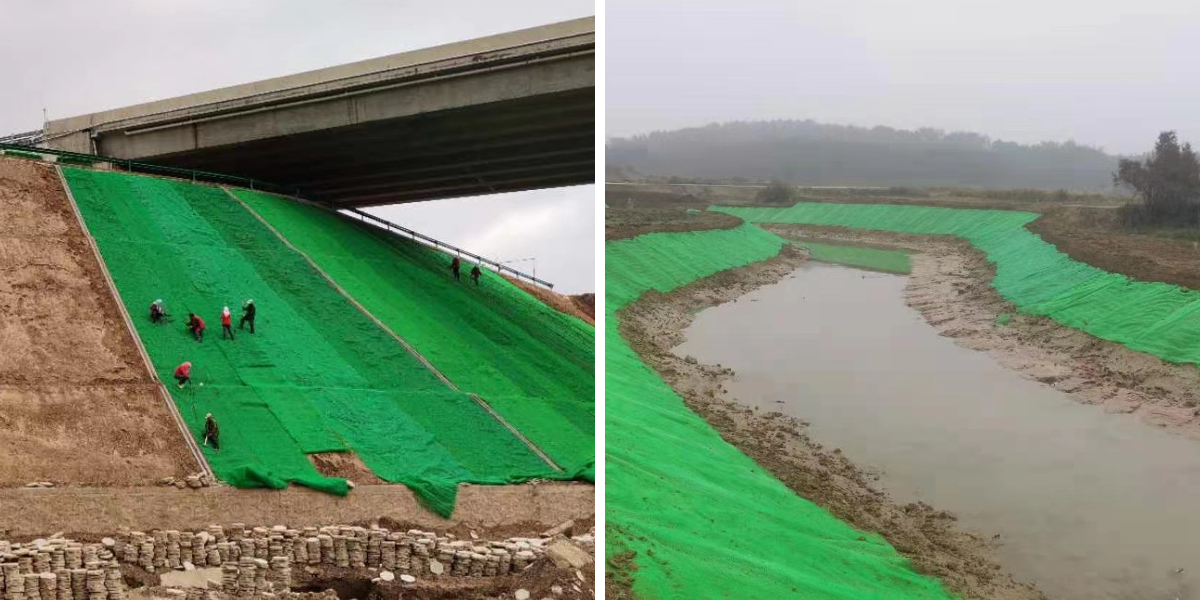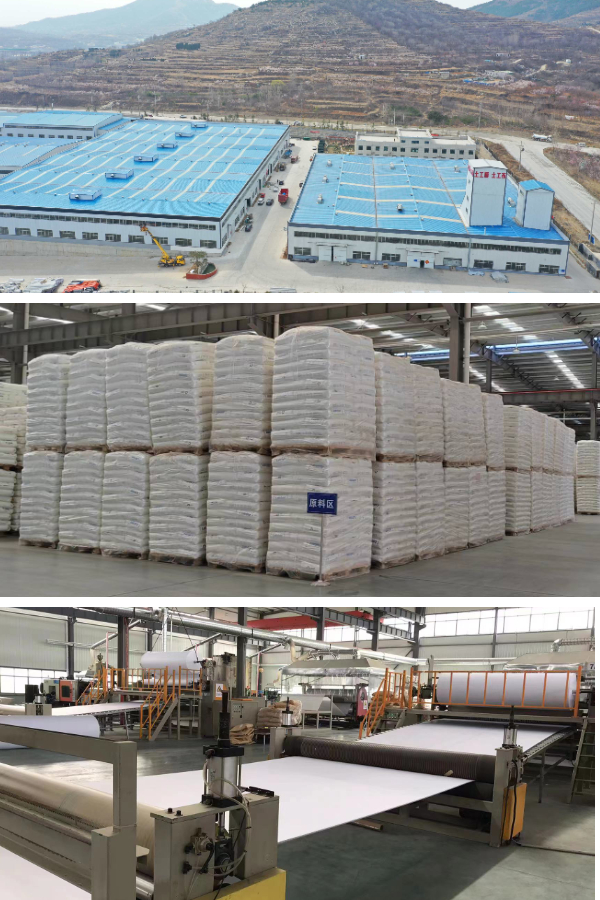3D Vegetation Net Specifications Explained: From Mesh Size to Tensile Strength
In the world of inexperienced development and environmental restoration, 3D vegetation nets have come to be imperative tools. These progressive merchandise play a integral function in aiding plant boom and stabilizing soil in a variety of projects. Whether you’re working on a slope safety plan, a panorama renovation, or an city greening initiative, understanding the key specs of 3D vegetation nets is essential. This article will information you via all the vital details, from mesh measurement to tensile strength, and exhibit you how they healthy into inexperienced infrastructure vegetation internet systems, alongside with guidelines for suited lay 3d geomat.
What Makes 3D Vegetation Nets Unique?
3D vegetation nets, additionally referred to as 3D geomats, are exclusive artificial buildings with a three-d design. Unlike flat nets, their raised and porous form creates a ideal surroundings for seeds to develop and roots to develop. This makes them a key phase of any inexperienced infrastructure vegetation internet project.
Most 3D vegetation nets are made from high-density polyethylene (HDPE) or polypropylene. These substances are chosen due to the fact they’re robust and can take care of harsh environmental conditions. When you lay 3d geomat correctly, the internet traps soil, stops erosion, and continues moisture in—all matters that assist vegetation grow. From toll road embankments to town parks, 3D vegetation nets are the hyperlink between sturdy engineering and profitable ecological restoration.
Understanding Dimensions of 3D Vegetation Net
The dimension of 3D vegetation nets has a huge have an impact on on how nicely they work in one of a kind projects. Let’s take a nearer seem to be at the primary measurements:
Length and Width: 3D vegetation nets normally come in rolls to make set up easier. Common roll lengths are between 50 and a hundred meters, and widths are usually two to four meters. These fashionable Dimensions of 3D Vegetation Net are splendid for massive initiatives due to the fact they limit the quantity of seams wanted when you lay 3d geomat. If you have a smaller area, you can ask suppliers for customized cuts.
Thickness: The thickness of the net, which is typically 10 to 50 millimeters, determines how inflexible it is. Thicker nets (30–50mm) are best for steep slopes or areas with excessive erosion danger due to the fact they maintain soil better. Thinner nets (10–20mm) work properly for flat or gently sloped inexperienced infrastructure vegetation internet projects, like rooftop gardens or lawns that want reinforcement.
When choosing the proper Dimensions of 3D Vegetation Net, suppose about the dimension of your mission and the kind of terrain. Larger widths retailer time all through installation, and the proper thickness ensures the internet can deal with the stipulations at your site.
Mesh Size: Key for Plant Growth
Mesh dimension is the dimension of the holes in the 3D vegetation net, measured in millimeters. This is a vital specification due to the fact it impacts a number of things:
Seed Retention: Smaller mesh sizes (5–10mm) are true for retaining tiny seeds, like grass or wildflower seeds. They cease the seeds from washing away when you water them or when it rains.
Root Penetration: Larger mesh sizes (10–20mm) let roots grow deeper, which is properly for shrubs or small timber in inexperienced infrastructure vegetation internet systems.
Water Drainage: The proper mesh measurement makes certain greater water can drain away, so plant roots don’t get waterlogged. A mesh dimension of 8–15mm works for most familiar uses, from slope stabilization to residential landscaping.
When you lay 3d geomat, it’s necessary to in shape the mesh measurement to the kind of plant life you’re growing. For example, a 10mm mesh is perfect for grassy slopes, whilst a 15mm mesh is higher for blended flowers in city inexperienced infrastructure projects.
Tensile Strength: Making Sure It Lasts
Tensile energy is how a lot pulling pressure a 3D vegetation internet can manage earlier than breaking. It’s measured in kilonewtons per meter (kN/m). This is definitely necessary for initiatives that face heavy loads, wind, or flowing water.
Minimum Tensile Strength: Most 3D vegetation nets have a tensile energy of 2–5 kN/m in the desktop path (along the roll) and 1–3 kN/m in the pass direction. For areas with excessive stress, like riverbanks or toll road slopes, select nets with a tensile power of greater than four kN/m to stand up to erosion and pressure.
Elongation: Along with tensile strength, elongation (how an awful lot the internet can stretch earlier than breaking) matters. An elongation charge of 10–20% skill the internet can cross with the soil besides tearing, which is vital for unstable ground.
Green infrastructure vegetation internet structures in earthquake zones or areas that flood want nets with excessive tensile strength. They continue to be sturdy when the floor shifts or water rises. When you lay 3d geomat in these areas, make certain to select merchandise with licensed tensile electricity rankings to keep away from early failure.
Material: How It Affects Lifespan and the Environment
The fabric of a 3D vegetation internet influences how lengthy it lasts, its have an impact on on the environment, and how properly it works. The two essential substances are:
HDPE (High-Density Polyethylene): HDPE nets are resistant to UV rays and flexible. They closing 5–10 years, making them desirable for long-term inexperienced infrastructure vegetation internet projects. They additionally face up to harm from chemicals, which is tremendous for areas with agricultural runoff.
Polypropylene: Polypropylene nets are more cost-effective however now not as resistant to UV rays as HDPE. They ultimate 3–5 years and work properly for brief projects, like controlling erosion at development web sites the place you solely want steadiness for a brief time.
There are additionally eco-friendly options, like biodegradable 3D vegetation nets, for touchy ecosystems. These nets smash down over time, so there’s much less waste as soon as the plant life are established. When you lay 3d geomat in herbal reserves or wetlands, biodegradable substances are a proper desire for sustainability.
Choosing the Right 3D Vegetation Net
Picking the ideal 3D vegetation internet capacity balancing the specs with what your challenge needs. Here’s how to do it:
1.Look at the Terrain: Steep slopes want thicker nets (30+mm) with excessive tensile power (4+ kN/m) and small mesh sizes to cease soil from washing away.
2.Know Your Plant Goals: Grass or vegetation want 5–10mm mesh, whilst shrubs want 10–15mm mesh. Green infrastructure vegetation internet initiatives with one of a kind kinds of plant life would possibly want a internet with a combine of mesh sizes.
3.Think About the Climate: If there’s a lot of sun, pick out HDPE nets. Wet climates want large mesh for higher drainage. For areas with freeze-thaw cycles, pick out bendy substances that won’t crack.
4.Check Dimensions of 3D Vegetation Net: Make positive the roll size and width healthy the dimension of your task to decrease seams, which are vulnerable spots when you lay 3d geomat.
By matching these elements with the net’s specifications, you’ll get the high-quality overall performance at the proper cost.
Tips for Installing 3D Vegetation Nets
Installing 3D vegetation nets efficaciously is key to making them work well. Here’s how to lay 3d geomat properly:
Prepare the Site: Clear away any particles and degree the soil. For slopes, make positive the grade is 1:3 (height to length) to decrease erosion risk.
Lay the Net: Unroll the internet alongside the slope, overlapping the edges via 15–20cm at seams. Use anchor pins (every 50–100cm) to maintain it from moving.
Treat Seams: Use geotextile tape to bond the overlaps, making them stronger. This is specifically vital for inexperienced infrastructure vegetation internet structures in areas with a lot of water flow.
Add Soil and Seeds: Spread 2–5cm of topsoil over the net, then plant the seeds. Water gently so you don’t pass the seeds or soil.
Following these steps will assist the internet combination into the surroundings and help wholesome plant growth.
Final Thoughts on 3D Vegetation Nets
3D vegetation nets are fundamental for modern-day inexperienced infrastructure. They mix engineering power with ecological benefits. By perception key specifications—from Dimensions of 3D Vegetation Net to tensile strength—and thinking about matters like terrain and plant type, you can pick out a internet that’s ideal for your project.
Whether you’re working on a small panorama task or a giant erosion manage plan, be aware that the proper specs and acceptable lay 3d geomat methods are the keys to success. Choose wisely, and your inexperienced infrastructure vegetation internet machine will thrive for years.
Contact Us
Company Name: Shandong Chuangwei New Materials Co., LTD
Contact Person :Jaden Sylvan
Contact Number :+86 19305485668
WhatsApp:+86 19305485668
Enterprise Email: cggeosynthetics@gmail.com
Enterprise Address: Entrepreneurship Park, Dayue District, Tai 'an City,
Shandong Province










